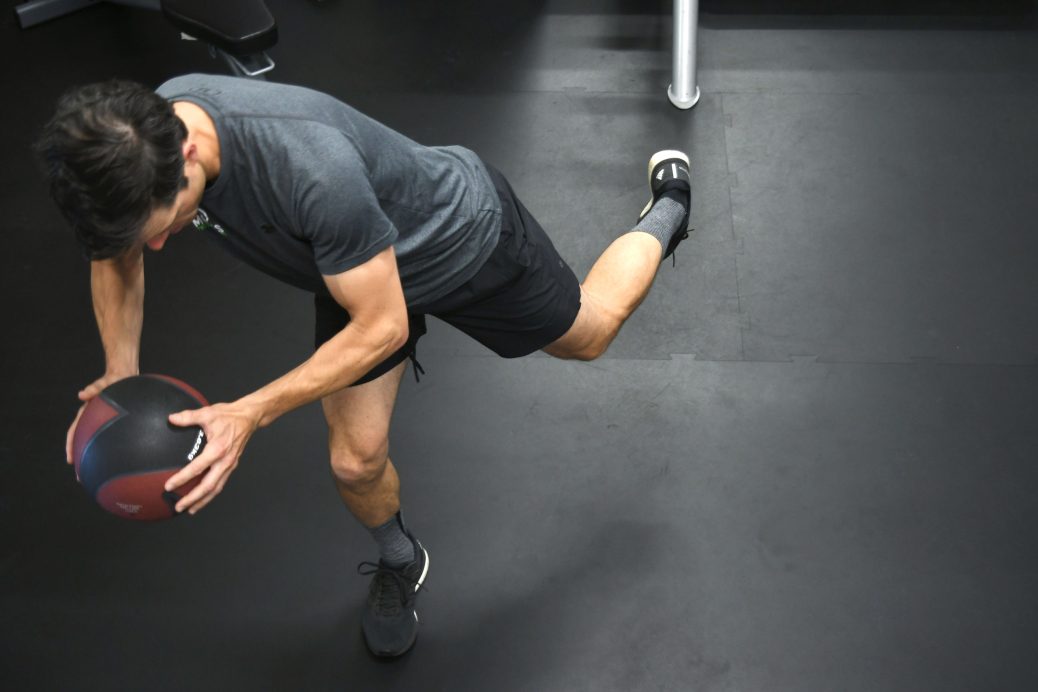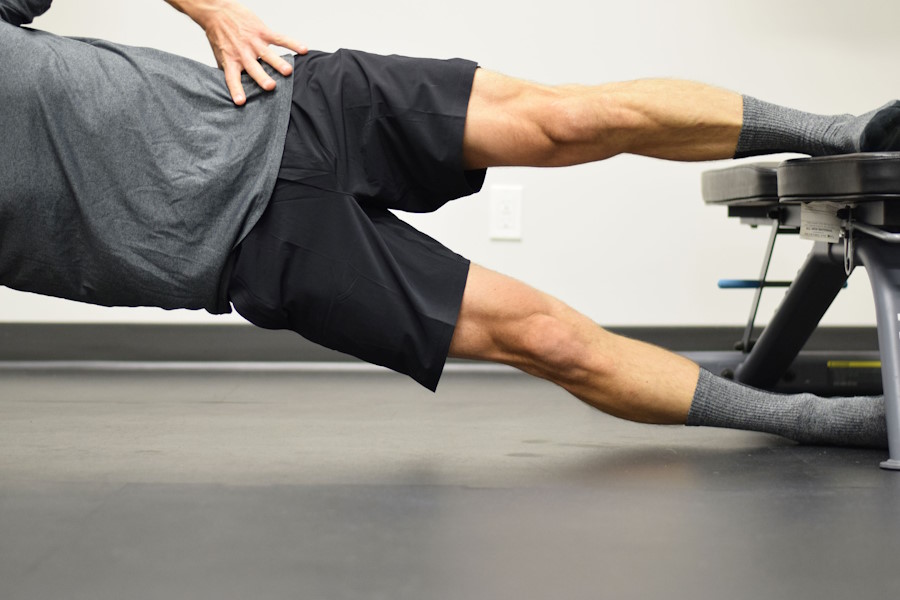When it comes to treating musculoskeletal issues, particularly knee pain, the Joint-by-Joint Approach offers a valuable framework for our team of physiotherapists. Developed by physical therapist Gray Cook and Strength Coach Mike Boyle, this model suggests that the human body functions optimally when each joint is healthy and moves well in its specific range of motion. This post will explore the Joint-by-Joint Approach in detail, specifically relating it to anterior (front of) knee pain, including its causes, assessment, and treatment strategies.
Understanding the Joint-by-Joint Approach
The Joint-by-Joint Approach suggests that the body is a series of joints that alternate between mobility and stability. This means that certain joints are designed to move freely (mobility joints) while others provide support and stability (stability joints). The key to effective movement and injury prevention lies in ensuring that each joint fulfills its intended role.
- Mobility Joints: These joints include the ankles, hips, thoracic spine, and shoulders. They should have good range of motion and flexibility.
- Stability Joints: These joints—such as the knee, lumbar spine, and cervical spine—are designed for stability and should maintain proper alignment and strength.
The Role of the Knee
The knee is classified as a stability joint, functioning primarily to absorb and transfer forces during movement. However, it also has a degree of mobility, which is crucial for activities like squatting and running. Anterior knee pain often arises when there is a dysfunction in either the mobility or stability of the joints above or below it.
Causes of Anterior Knee Pain
Anterior knee pain can stem from various issues, including:
- Patellofemoral Pain Syndrome (PFPS): Often seen in athletes and active individuals, this condition can result from imbalances in the muscles surrounding the knee, causing undue loading of the patella (kneecap).
- Quadriceps and Hamstring Weakness: Weakness in these muscles can lead to insufficient control of the knee joint.
- Poor Foot Mechanics: The ankle and foot play critical roles in how forces are transmitted up the kinetic chain. Poor foot strength can lead to excessive loads on joints up the chain, including the knee.
- Hip Dysfunction: Weakness in hip stabilizers can lead to altered movement patterns, resulting in excessive strain on the knee.
Assessment Through the Joint-by-Joint Lens
A thorough assessment based on the Joint-by-Joint Approach can be helpful in diagnosing and treating anterior knee pain. A physiotherapy exam may include:
- Ankle Mobility Assessment: Assessing dorsiflexion is vital. Limited ankle mobility can lead to compensatory movements at the knee, causing stress and leading to pain.
- Hip Strength and Mobility Testing: The ability to stabilize and mobilize the hip joint is crucial. Weak hip abductors can result in poor control of the knee, which may contribute to pain.
- Knee Assessment: Functional tests, such as squatting or single-leg balance, can help evaluate motor control and pain levels.
Treatment Strategies
Once an assessment is completed, a targeted treatment plan can be developed using the Joint-by-Joint Approach. Strategies tailored to address anterior knee pain might include:
- Improving Ankle Mobility: Exercises such as calf stretches, foam rolling, and ankle mobilization techniques can enhance dorsiflexion. This improvement can reduce the stress on the knee during activities like squatting.
- Hip Strengthening Exercises: Focusing on the hip musculature can promote odd motor control and movement. Strong hips help control knee positioning and minimize excessive joint loading.
- Knee Stability Exercises: Incorporating closed-chain exercises, such as squats, lunges, and step-ups, can help improve knee stability. Additionally, single-leg exercises are excellent for enhancing proprioception and stability around the knee joint.
- Correcting Foot Mechanics: Footwear and insole assessment and can play a significant role in addressing poor foot mechanics. Exercises that strengthen the intrinsic foot muscles can also improve overall kinetic chain function.
- Neuromuscular Training: Implementing agility and balance training can enhance coordination and motor control, reducing the risk of knee injuries. Drills that promote dynamic control, such as hopping and landing techniques, can be particularly beneficial.
Case Study: A Practical Example
Consider a 28-year-old runner presenting with anterior knee pain. Through assessment, it was determined that the runner exhibited limited ankle dorsiflexion range of motion and weakness in the hip abductors.
- Step 1: The treatment began with targeted ankle mobility exercises, including soft tissue work and stretching.
- Step 2: Next, a strengthening program was designed focusing on hip abductor exercises, coupled with neuromuscular training to improve control during running.
- Step 3: The runner was also educated on proper running mechanics and the importance of footwear that meets their exercise needs.
Over several weeks, the combination of these targeted interventions led to significant improvements in pain levels and functional capacity, allowing the runner to return to their sport without discomfort.
What Have We Learned?
The Joint-by-Joint Approach offers a unique framework for understanding and treating anterior knee pain. By addressing the interconnectedness of the body’s joints—specifically focusing on mobility and stability—the underlying causes of pain can be identified and treated effectively. Through a tailored assessment and intervention strategy, individuals suffering from anterior knee pain can find relief and regain their functional abilities, ultimately enhancing their quality of life and performance in physical activities. If you’re dealing with knee pain, consulting a physiotherapist familiar with this approach can set you on the right path to recovery.



